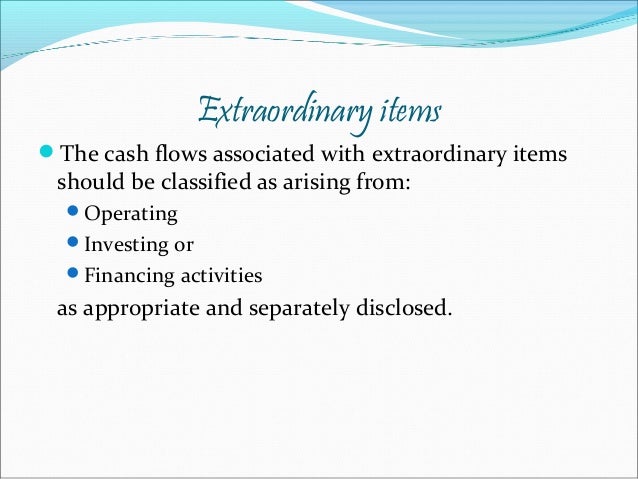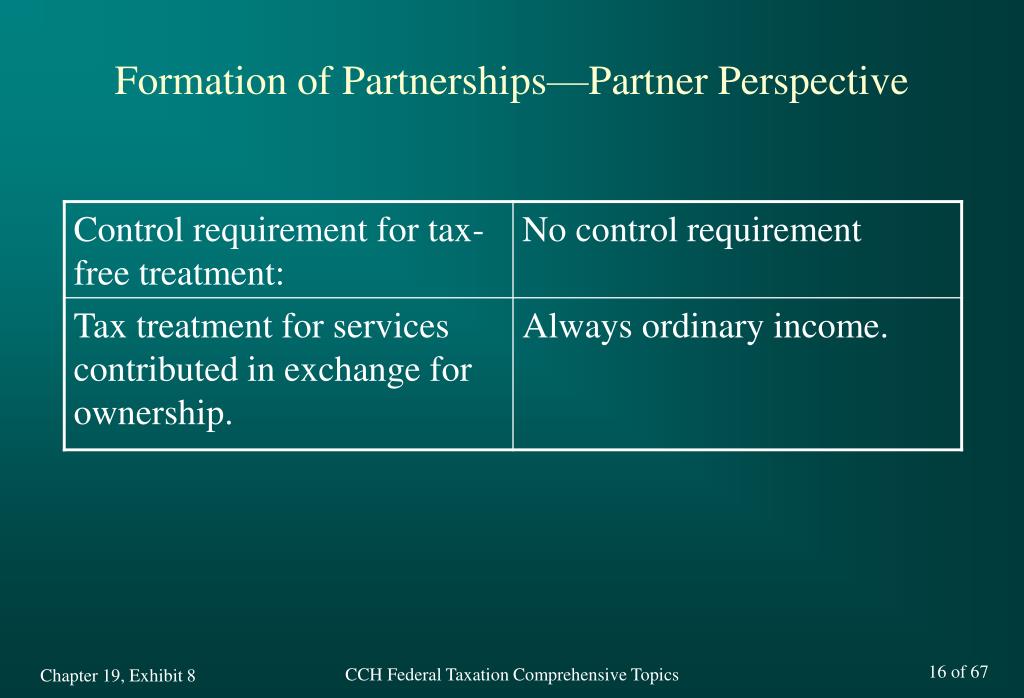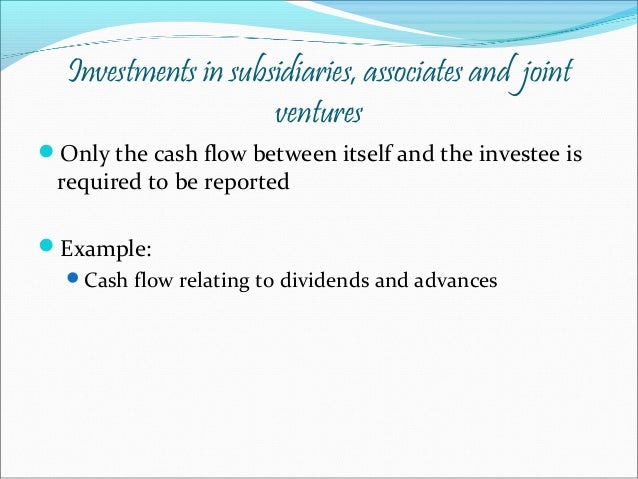Unrealised loss on foreign exchange tax treatment
An entity which enters into transactions under which an amount or amounts denominated in a foreign currency are payable or receivable in the future, will be exposed to foreign exchange fluctuations. In general terms, if, by the time the amount or amounts are actually paid or received, the relevant exchange rate is different, exchange gains or losses will arise.
However, the rules to effectively "recognise" exchange gains and losses are different for accounting and tax purposes. At the time of conversion, exchange gains or losses will be recognised for accounting purposes.
Income and expense amounts denominated in a foreign currency are converted back to Australian dollars at the time they are recognised as earned or incurred. As they are converted at the same time as they are recognised for accounts purposes, no foreign exchange gains and losses will arise for revenue or expense items directly.
Rather, any exchange fluctuations occurring between the time the revenue is earned and received or the expense is incurred and paid, will be recognised on the asset or liability which arises for the period between recognition and payment.
Accordingly, exchange gains and losses arise only on asset and liability amounts, not on revenue and expenses. For example, consider the situation where trading stock denominated in a foreign currency was ordered in February and paid for in May of the same year using Australian dollars.
The cost of trading stock would be converted into Australian dollars at the time it was ordered. At that point, an accounts payable liability would be created. As the liability is paid out within the same accounting period, a foreign currency exchange gain or loss would be recognised at the time it is paid. As this gain or loss will be realised, it would be treated as derived or incurred respectively for tax purposes as discussed further below.
Now consider the situation where trading stock denominated in a foreign currency is ordered in February but not paid for until July of the following income year using Australian dollars. The conversion into Australian dollars at the time of ordering would be the same, however a foreign exchange gain or loss would be calculated at the end of the financial period i.
This amount would be included in the accounts of the entity, however, as the gain or loss has not actually been realised, it would not be treated as derived or incurred respectively for tax purposes as discussed further below.
When the trading stock is actually paid for in July, the foreign currency exchange gain or loss would be calculated with reference to the amount converted into Australian dollars at 30 June as opposed to the original amount when the stock was ordered. It is important to understand that the concept of realisation of foreign currency gains and losses is not relevant for accounting purposes. However, as noted already, the exchange gain or loss figure shown in the accounts may in fact include realised and unrealised elements.
For tax purposes, the legislation and numerous cases state that exchange gains and losses are only recognised when "realised". Section 20 of the Income Tax Assessment Act "the Act" requires all income and expenses to be expressed in terms of Australian currency for the purposes of the Act and provides some limited rules for the use of exchange rates.
The tax treatment of the items of income and expenditure is still determined under various other provisions of the tax law. The decision in the ERA case , which is discussed below, stated that notional conversions to Australian dollars of all transactions in a foreign currency is not required.
If all transactions occur in one foreign currency, then no foreign exchange gain or loss will arise.
Tax treatment of foreign exchange gains & losses (ITA) | RCGT
Conversion does not mean realisation. A gain or loss will generally only be "realised" when the asset or liability denominated in a foreign currency is sold or extinguished using Australian currency. Unrealised exchange gains and losses will not be included as assessable income or allowable deductions. Realised exchange gains or losses will be treated as discussed below, depending upon whether they are of a revenue or capital nature. The basic principle is that a foreign exchange loss is deductible under section of the Income Tax Assessment Act "the Act" and a foreign exchange gain will be assessable under section of the Act, so long as it is on revenue account.
Ascertaining the capital versus revenue account position, however, has been the source of much litigation. The following are some general principles which have arisen: Exchange differences arising on interest should generally be of a revenue nature if a sufficient nexus exists with deriving assessable income from the use of the funds obtained.
Exchange differences on the discharge of liabilities on revenue account, such as trading stock, are also on revenue account - Australian Nickel case. Exchange differences on the discharge of recurrent borrowings for working capital purposes are on revenue account - Thiess Toyota case.
Where the purpose of the funds is to finance a substantial expansion of business activities, albeit used for working capital purposes, exchange differences may be on capital account - Hunter Douglas case.
Exchange differences on the discharge of borrowings by a financier in relation to ordinary lending activities are on revenue account - Avco case.
Where a financier borrows for a capital structure purpose, any exchange difference will be on capital account - CAGA case. Division 3B sections 82U - 82ZB of Part III of the Act This division applies to foreign exchange gains and losses of a capital nature arising under an eligible contract, where an income producing nexus is satisfied.
Section 24I(10A) – unrealised exchange gains and losses on loans between connected persons - The SA Institute of Tax Professionals
The purpose of this division is to treat all foreign exchange gains and losses on borrowings or loans of a capital nature in the same way as gains or losses on borrowings of a revenue nature. The reason given for this treatment is the economic similarity between interest payments and expected exchange rate effects over the period of a foreign currency-denominated debt contract.
An "eligible contract" is one which is either: The ERA case involved numerous Euronotes issued under a facility agreement. The decision in the ERA case by the Full Federal Court, not overturned by the High Court on this point, was that the eligible contract is actually the facility agreement rather than each individual note. Also, it is generally accepted that any exchange gains or losses in relation to the holding of shares will not be regarded as exchange gains and losses arising under an eligible contract as such.
Division 3B is most typically applied to loans or monetary instruments such as bills of exchange and promissory notes or debts. A currency exchange loss incurred under an eligible contract will not be available to the taxpayer unless the taxpayer notifies the Commissioner in writing of the entering into and terms of the contract and the purpose or purposes for which the taxpayer entered into the contract section 82Z notice.
This notice is covered by the self assessment ruling IT which requires taxpayers merely to place the notice on the income tax return workpapers file. The notice does not need to be lodged with the ATO. In relation to traditional securities acquired after 10 May which are not trading stock and for which there is a nominal, if any, eligible return, section 26BB deems gains and section 70B deems certain losses on the disposal or redemption to be assessable or deductible respectively. Arguably, if a traditional security is denominated in a foreign currency, the gain or loss is determined in that currency and then translated back to Australian dollars.

For example, US dollars are invested in an interest bearing US dollar denominated security which is held on capital account. If the security is disposed of for no gain or loss in US dollars, no gain or loss would arise under the traditional securities provisions. Foreign currency is specifically included as an asset to which the capital gains tax provisions apply. However, the most common situation in which a foreign exchange gain or loss will arise is where an asset is denominated in a foreign currency, such as a loan or shares.
Under specific rules, the cost base of an asset denominated in a foreign currency will be deemed to be the equivalent amount of Australian currency converted at the time of acquisition. Similarly, the disposal consideration in a foreign currency will be deemed to be the equivalent amount of Australian currency converted at the time of disposal.
As the cost base and consideration are converted separately, there will not be a foreign exchange gain or loss recognised separately from the capital gain or loss arising from the asset disposal.
Rather, this will be built in to the overall gain or loss on the disposal of the asset. The capital gains tax rules apply only to foreign exchange gains and losses which relate to assets. They do not apply to liabilities.

Capital gains tax generally applies to all assets acquired or deemed acquired before 20 September , other than trading stock, whether they are held on revenue or capital account. Foreign exchange gains or losses which are of a capital nature but do not fall within the criteria for the application of Division 3B and are in relation to hedging contracts, will also not be taxed as a capital gain or included as a capital loss to the taxpayer under the capital gains tax provisions [s.
Accounting for Foreign Currency Transactions – Help Center
Broadly, the ERA case involved a taxpayer with a finance facility liability in US dollars. This facility was replaced with a Euronote facility agreement, which was also in US dollars. The Euronote facility involved a continual "roll over" of promissory notes, each of which would be used to pay out the previous promissory notes on issue at the maturity date.
The example in Appendix 2 highlights the position created by the ERA case , showing the different approaches taken by the Commissioner and the taxpayer and the ultimate decision made by the High Court on the recognition of exchange gains and losses. As the High Court held that no foreign exchange gain or loss will arise on a capital transaction if there is no conversion into Australian dollars, Australian investors are provided with the potential opportunity to choose whether to crystallise foreign currency exchange gains or losses for tax purposes.
That is, foreign exchange losses may be crystallised and gains may be deliberately not crystallised by choosing to use Australian currency or the foreign currency respectively to discharge a liability denominated in a foreign currency. Further, taxpayers who in previous income tax returns have used the notional conversion approach should re-examine their position immediately if they have not done so already, with a view to possibly seeking amended assessments and refunds of tax if appropriate.
It should be noted, however, that the application of the ERA case is limited in the following ways: The funds were used for capital purposes - query whether any different result would arise if the funds were used for revenue purposes arguably not, though the ATO has indicated that it will restrict the application of the ERA case to transactions on capital account.
The case was in relation to notes, not loans, though there should be no difference. The case involved liabilities, not assets, and hence there was no discussion of capital gains tax. All transactions were in US dollars. It is unclear how this principle would apply if another foreign currency was also involved. Issues Paper on the Taxation of Financial Arrangements In December , an Issues Paper on the Taxation of Financial Arrangements was released jointly by the Treasury and the ATO.
In response to industry submissions, the Issues Paper took a purposive approach to the tax treatment of financial arrangements, recognising that: Compared to the current rules, the Issues Paper proposes radical and complex changes which will add to compliance requirements and costs.
Gains and losses under financial arrangements would be taxed on revenue account, except for: There are four methods proposed for the tax accounting for different transactions, depending upon their purpose. The following table outlines the methods which it is proposed will be applied. For example, in relation to trading transactions, the method imposed will be market value tax accounting which will incorporate unrealised foreign exchange movements reflected in market value at year end.
When is a foreign exchange gain or loss realised? How does the concept of realisation for tax purposes differ to the foreign exchange recognition requirements for accounts purposes? What types of exchange differences are typically of a revenue nature? What types of exchange differences does Division 3B apply to, and how does it operate? A taxpayer sells a capital asset which was acquired in December The capital gain made on the asset includes a foreign exchange gain.
How are these amounts treated for tax purposes? What impact the proposed Taxation of Financial Arrangement measures have on the tax treatment of foreign exchange gains and losses, if enacted? Foreign currency denominated debt.

Australian dollar denominated debt. Physical holdings of foreign currency.